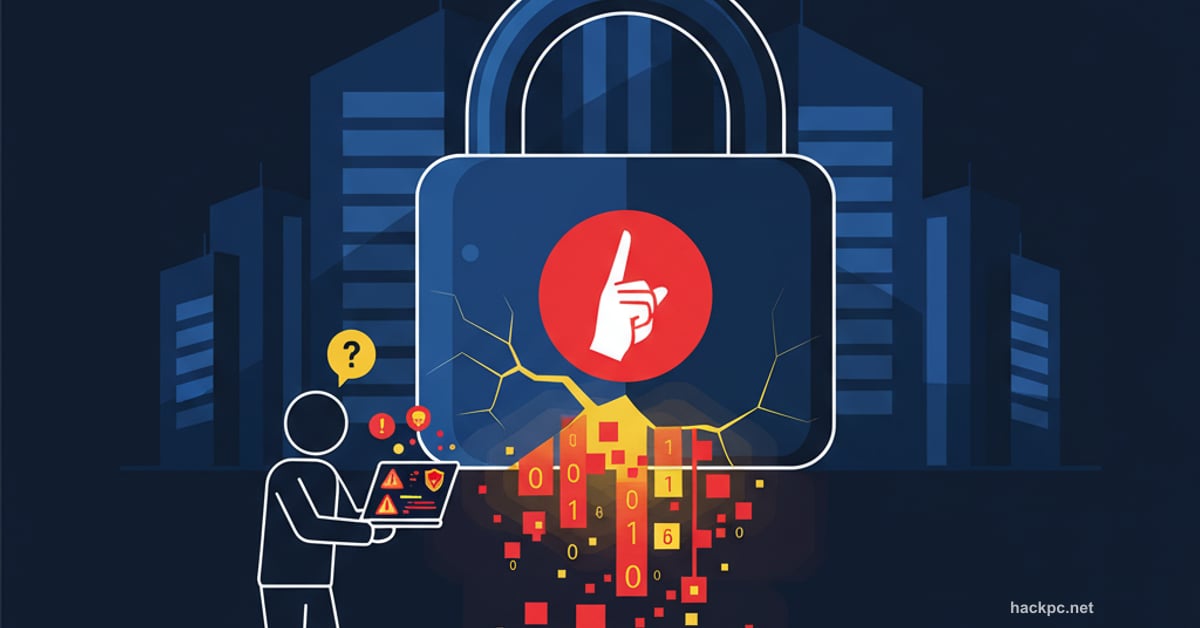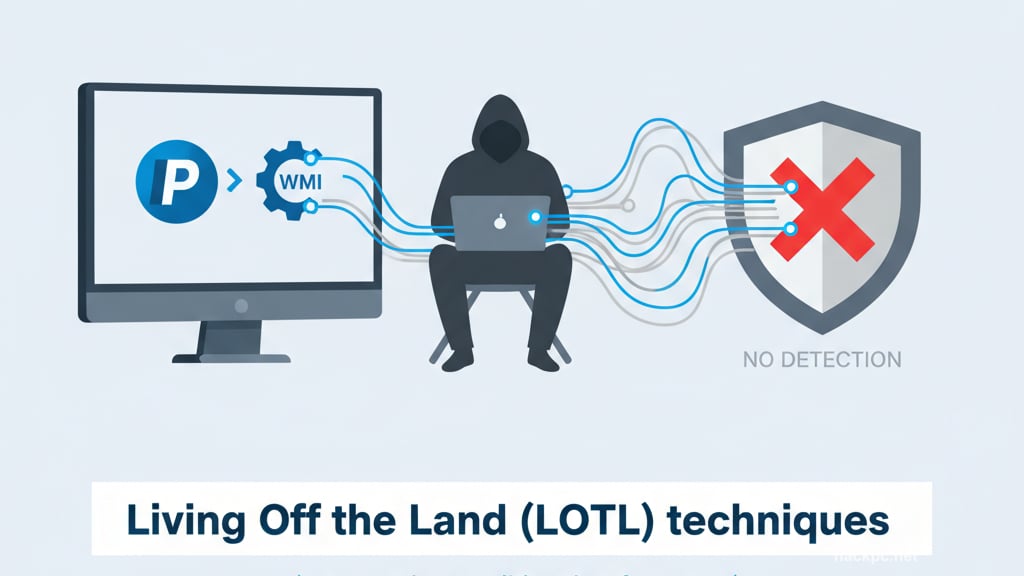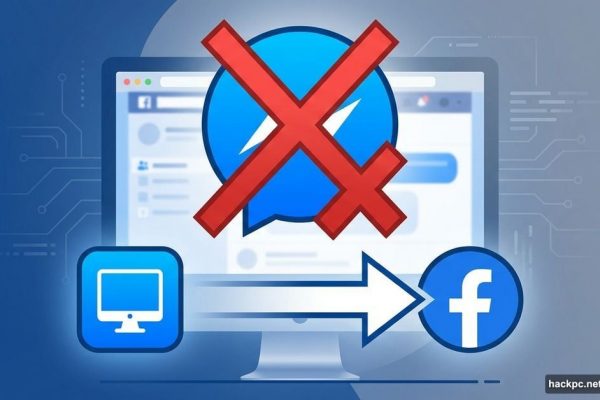
Most companies stay quiet after getting hacked. Not because they want to protect customers. But because someone told them to shut up.
Bitdefender’s 2025 Cybersecurity Assessment Report drops some uncomfortable facts. They surveyed over 1,200 IT and security professionals across six countries. Plus, they analyzed 700,000 cyber incidents. The findings reveal a growing gap between what defenders know and what leadership wants the public to hear.
Companies Force Security Teams Into Silence
Here’s the number that should worry you: 58% of security professionals were told to keep a breach confidential. Even when they believed disclosure was necessary.
That’s a 38% jump since 2023. So the pressure to stay silent is accelerating, not improving.
CISOs and CIOs face the most pressure. They report higher expectations to remain quiet compared to frontline staff. However, this secrecy creates serious problems. It undermines stakeholder trust. Plus, it potentially violates compliance obligations and damages long-term resilience.
Think about the incentives here. Companies fear reputation damage and stock price drops. But staying silent after a breach doesn’t make the problem disappear. Instead, it just hides vulnerabilities that attackers already know about.
Attackers Hide Inside Your Legitimate Tools
Traditional security tools scan for malicious files. But modern attackers don’t need them anymore.
Bitdefender found that 84% of high-severity attacks now use legitimate tools already present inside your environment. Security researchers call these “Living Off the Land” or LOTL techniques.
Here’s why this matters. These tactics bypass traditional defenses completely. They operate invisibly using PowerShell, Windows Management Instrumentation, or other built-in system tools. So your antivirus software sees nothing suspicious because technically nothing is.
Organizations are catching on though. Now 68% list attack surface reduction as a top priority. The U.S. leads at 75%, with Singapore close behind at 71%.
What does attack surface reduction actually mean? Disable unnecessary services. Eliminate unused applications. Reduce lateral movement paths. These steps shifted from best practices to business imperatives.
Yet many companies still run bloated systems with countless services they don’t need. Each one represents a potential entry point for attackers.
Everyone Fears AI Attacks That Barely Exist Yet
AI dominates security conversations. But perceptions don’t match reality on the ground.
Check these numbers. First, 67% believe AI-driven attacks are increasing. Second, 58% cite AI-powered malware as their top concern.
But here’s the catch. While AI-enhanced attacks are growing, fears may be outpacing actual prevalence. The report shows defenders preparing for threats that aren’t widespread yet.
That’s not necessarily bad. Preparing early beats scrambling later. However, this focus on AI can distract from prevalent adversary tactics happening right now. Attackers still rely heavily on phishing, credential theft, and exploiting unpatched vulnerabilities.
So the takeaway? Balance preparation for future AI threats with defense against today’s common attacks. Don’t let AI hype drain resources from fundamental security practices.
Leadership Lives In A Different Reality
Perhaps the most concerning finding: executives and frontline teams see completely different security landscapes.
Among C-level executives, 45% report being “very confident” in managing cyber risk. But only 19% of mid-level managers agree.
That’s not a small gap. That’s a massive perception disconnect that affects every security decision.

Strategic priorities diverge too. Executives prioritize AI adoption. Meanwhile, frontline managers place more urgency on cloud security and identity management.
These disconnects slow progress. They dilute resources. Plus, they create blind spots that attackers actively exploit.
Here’s why this happens. Executives see high-level dashboards showing metrics trending positive. Frontline teams deal with actual incidents, constant alerts, and the messy reality of defense. Both perspectives have value, but when they don’t align, the organization suffers.
The Real Security Challenges Get Ignored
While leadership chases AI innovations, three critical problems keep growing.
First, team burnout. Security professionals work longer hours responding to more alerts. Burnout leads to mistakes. Mistakes lead to breaches.
Second, the skills gap. Organizations can’t find enough qualified security professionals. So existing teams stretch thinner while attack complexity increases.
Third, tool sprawl. The average enterprise uses dozens of security products. Each tool requires configuration, monitoring, and maintenance. More tools don’t always mean better security. Sometimes they just mean more complexity.
Yet 58% of organizations want to streamline their security tools. They recognize that complexity itself creates vulnerabilities.
What Actually Works Right Now
Skip the AI hype for a moment. Focus on these proven strategies instead.
Start with attack surface reduction. Audit every service running on your systems. Disable anything you don’t actively need. Remove unused applications completely. This simple step eliminates countless potential entry points.
Next, fix identity management. Most breaches involve compromised credentials. Implement multi-factor authentication everywhere. Use privileged access management for administrative accounts. Monitor for suspicious authentication patterns.
Then address cloud security. As workloads move to cloud environments, traditional perimeter defenses matter less. Instead, focus on cloud-native security controls, proper configuration, and visibility across all cloud resources.
Finally, improve team communication. Bridge the gap between leadership and frontline staff. Executives need realistic visibility into security challenges. Frontline teams need resources and support to address actual threats.
Nobody Wins The Secrecy Game
Back to that 58% figure about enforced silence after breaches.
This trend benefits no one except attackers. When companies hide breaches, other potential victims don’t get warning. Attackers use the same techniques repeatedly because defenders don’t share threat intelligence.
Moreover, mandatory secrecy erodes trust with security professionals. They signed up to protect the organization. Being told to hide failures creates ethical conflicts and drives talent away.
Some breaches require careful disclosure timing. That’s reasonable. But blanket policies demanding silence? Those serve corporate PR, not security.
The industry needs more transparency, not less. Threat intelligence sharing works when organizations openly discuss what hit them and how. Secrecy just lets attackers operate longer before defenders catch up.
Your security posture won’t improve by pretending breaches don’t happen. It improves by learning from them, sharing lessons, and fixing underlying problems. Everything else is just managing perception while risks compound.



Comments (0)